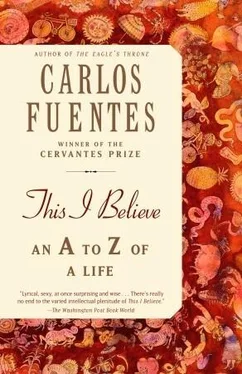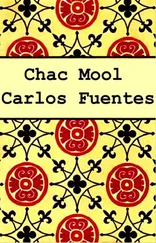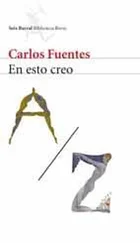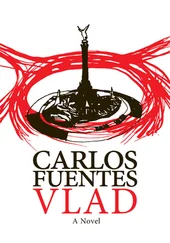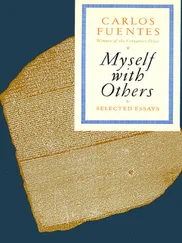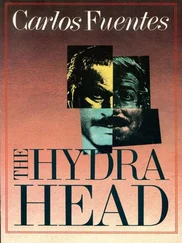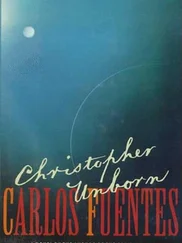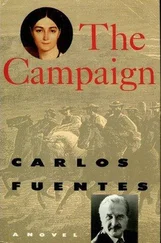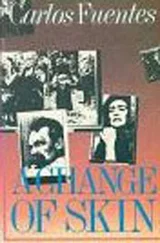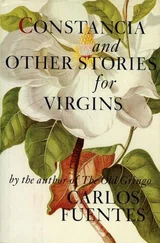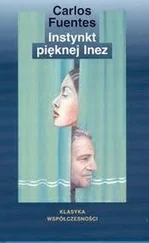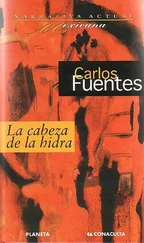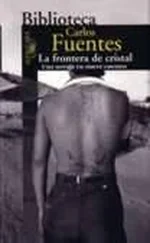As things turned out, Cecilia’s birth was not difficult. It was, as this natural, universal event always is, in every part of the world, unique and miraculous. Every father confers upon the birth of his child a series of marvelous, singular qualities that are difficult for anyone else to understand; every father also knows that he too will add his own unique quality to the birth of his child. Cecilia’s birth was a musical event. I might have heard or remembered words, images of flowers or fruits, animals or birds, rivers, oceans. But all I heard was music. I cannot explain it. Nor can I imagine it. I can only bear witness to it. The moment Cecilia emerged and cried out for the first time, I knew that I was hearing a proclamation of nature, the newest, but also the most ancient. To hear the voice of a human being coming into the world is to hear the echo of the origin of all things. To hear an impassioned song. When a little girl is born she doesn’t cry out simply because it is the most natural thing to do. Her true nature is asserting itself at that moment, through her voice, the conduit that carries her toward society, culture, love. The miracle of birth is nothing more than that.
When Cecilia arrived she was quick to reveal the voice of tenderness, and as I held her in my arms for the first time I felt my body and hers fully, freely expressing themselves. Father and daughter, different — yet both of them, in the beauty of that single moment, possessed a free sexuality, the kind in which desire and the joy of the amorous-filial relationship become fused and confused.
“La Fuentecita,” “La Gordita,” “La Ex Gordita” (Little Miss Fuentes, Little Miss Chubby, Little Miss Ex-Chubby) were the nicknames Luis Buñuel bestowed upon Cecilia as she grew up, and he abandoned his cruel fantasy of yanking off my little girl’s round head so that he might play soccer with it. She grew up with tension, with feelings of abandonment, and a keenly critical, realistic view of things. Even today, as she approaches the age of forty, she increasingly demonstrates a tender strength and a manner of being that is never complacent — with either herself or others. I, however, am exempt from this severity and am welcomed into her affections.
Nevertheless, as I watch my daughter’s life unfold, I still find myself caught in the moment she appeared for the first time, when I heard that music of necessity and desire. A voice of supplication, happiness, sadness, that would all eventually dissipate because the sounds of words and song are simply not the same. The practical aspects of life do not allow this. The privilege of birth is to arrive in song. And that is why, then and there, I named her Cecilia, patron saint of music, condemned to death by suffocation in her own bath, decapitated only after a Roman soldier tried and failed three times, leaving her to die over three agonizing, slow days. We give names to exorcise.
In 1972 I married Silvia Lemus, my second wife. Natasha, my second daughter, was born in Washington in 1974. She was a bouncy, happy baby, bubbling over with imagination and glee. A father’s greatest wish is that his daughter will always be a source of tenderness, that she will always come skipping her way into the living room. But the photographs fade, the organdy snags, the silks grow yellow with age. The First Communion is not an eternal event.
“Melanie,” Natasha called out to her playmate as the two little girls, just having celebrated their fourth birthdays, bounded their way through my library, “this is my father. He’s a hundred years old.” We all age at our own pace. In between separations and reunions, conflicts emerge. When the separation wins out, there shouldn’t be innocent or guilty parties, just the eternal effort to settle old issues and find balance within ourselves, with our parents, with our children.
Natasha and I have been as close to and as distant from each other as we have been from our respective inner selves. She speaks of the “sad winter” of her childhood, and of her repeated attempts to become a woman, to invent and reinvent herself over and over again. She wanted to please. She wanted to shock. At times she was the hungry exile in her own home. On a desert island she found a box filled with books and came back to surprise her teachers — and to correct them, now that she was far ahead of them, to the point of exasperating them: “You have been doing too much reading, little girl.”
She knew too much, and she shielded herself with a culture as brilliant as it was damned. She didn’t know how to invent herself on a stage, on a piece of paper. She needed to leave behind the prison of foggy, intangible places and come out into a space where she might communicate with others — writing, acting, giving her talents a chance. She needed to discover the place where being everything you want to be is a virtue.
I named Natasha after the lovely Natasha Rostova of War and Peace, although her name is also an ode to Dostoevsky’s Filippovna.
My son was a young artist, embarking on a destiny that nobody could wrest from him because his was the destiny of art, works of art that would long outlast the artist. Touching the feverish temples of her son, the mother wondered, nevertheless, if this young artist that was also her son had not created too close a bond between starting point and ultimate destiny. The tortured, erotic figures of his paintings were not a promise but a conclusion. They were not a beginning. They were, irremediably, an ending. Understanding this was anguish for his mother, because in her son she wanted to see the full realization of a person whose joy depended on his creativity. It was unfair that his body was betraying him, that the body was calamitously independent of his will.
She would watch her son at work, absorbed and fascinated: my son will soon reveal his gifts, but he will not have the time for conquests, he will work, he will envision things, but he will not have the time to produce. His painting is inevitable — that is the reward, she said, my son will not replace or be replaced in the thing that only he can do, it doesn’t matter for how long, there is no frustration in his work, even though his life will be cut short. . 1
When I wrote these lines some years ago, I envisioned them as a kind of exorcism, not a prophecy. I thought about my son, Carlos Fuentes Lemus, who was born in Paris on August 22, 1973, and died in Puerto Vallarta, Jalisco, on May 5, 1999. Just as he started to take his first steps — his mother Silvia and I were living on a farm in Virginia — bruises began to appear all over his body and his joints swelled up. We soon found out why. Carlos, as a result of a genetic mutation, was suffering from hemophilia, the illness that prevents blood from coagulating. From a very early age, he had to receive injections of the coagulating agent he lacked, factor VIII. Although it was tedious, we believed that this procedure would bring him relief from his affliction for the rest of his life. The contamination of blood banks as the result of the AIDS outbreak left hemophiliacs dangerously unprotected— sometimes because of erroneous medical decisions, sometimes because of acts of criminal irresponsibility on the part of European and American authorities. Because of this, the hemophiliac was completely vulnerable and exposed to dire infections and the weakening of the immune system.
Carlos’s childhood was filled with aches and pains, but very early on, in a way that was more than intuitive — it was as if his precociousness was an augury of his own death and a catalyst for his creative life — he dedicated his hours to the art of words, music, and forms. When he was five years old, he won the Shankar Prize for Children’s Drawing in New Delhi, India: without our knowledge, the teachers at the elementary school in Princeton that Carlos attended had submitted his very first works to be considered for the prize. From that point on, Carlos never abandoned the pencil that came first, the paintbrush that followed soon after, and the early artistic influences to which he was devoted and which would stay with him always: Vincent van Gogh and Egon Schiele. I remember one summer trip through Andalucía: he made us stop the car every other second to photograph, admire the landscape, and occasionally pluck sunflowers from the ground as if picking up a painting by the great Dutch artist and taking it away with him. He planted sunflower seeds in the garden of our house at Cambridge University, which we assumed would perish in the English chill, but we returned in the spring to find them blooming, just like in a painting. . Then, taking a remarkable leap into the past, Carlos discovered the precise, luminous work of the Renaissance artist Giovanni Bellini and the expressive formalism of Utamaru, the Japanese painter. This was his pictorial legacy.
Читать дальше
